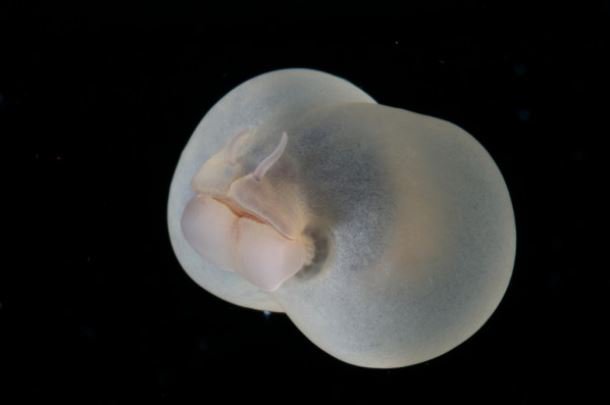What are worms?
Worms live in many different, often hostile, environments. From your backyard garden to deep-sea hydrothermal vents spewing out poisonous chemicals and the icy cold waters of the Antarctic. Worms are also extremely varied in size, from tiny worms that need a microscope to see up to incredibly long worms half the length of an Olympic swimming pool!
How much do we actually know about these squishy creatures? What kind of animal is a worm?
What kind of animal is a worm?
This is a commonly asked question, with worms having the similarly icky-factor as insects it’s easy to understand why. Both worms and insects are classified under the Kingdom Animalia. The animal kingdom is split into two groups: vertebrate, animals with a backbone, and invertebrate, animals without a backbone. Both worms and insects are invertebrates.
Are worms insects?
No, worms are not insects. Unlike worms, insects have exoskeletons that act like a skeletal support structure and protects the insects’ soft internal organs. Worm skin is usually made up of collagen and does not shed (called moulting) in comparison to insects’ exoskeleton, which is made up of chitin and is shed to allow for growth.
It can be especially confusing because many insects have picked up worm-related names, for example, tequila worm, silk worm, glow worm and inchworms are all actually insect larvae (early life stages) and not actually worms.
What are worms?
Many very different and unrelated types of animals that are generally long and soft are called worms. Of these, three common types of worms are: the flatworm, the roundworm, and the segmented worm. Flatworms are soft, unsegmented invertebrates. They do not have specialised respiratory systems so it restricts them to this flat shape to allow them to breathe through their skin. Flatworms have only one body cavity through which they eat and excrete waste. Roundworms, on the other hand, are very smooth and tubular, and have openings on both ends of their bodies, to eat from one end and excrete waste from another. Segmented worms have body segments and many have parapodia, which are leg-like protrusions that help the worms move around. The best known type of segmented worm is the earthworm.

creative commons
Interesting worms
Divers recently discovered a new species of worm on the seafloor of the Southern Ocean. These worms are nicknamed the “bone-eating worms” because they eat dead whale bones in the bottom of the ice-cold waters of the Antarctic and parts of the world. The Antarctic bone-eating worms, scientifically known as Osedax antarcticus, secrete acid to dissolve the hard calcium from the bones of a whale carcass in order to feed on the fatty lipids it needs to survive.

creative commons
Greeffiella, a roundworm, is the Guinness World Record holder for the smallest worm in the world, measuring at merely 80 micrometres long! It is also completely transparent, which makes it easy for scientists to study the worm’s anatomy.

creative commons
Despite what you may have heard, not all worms are long and squishy. The pig butt worm, Chaetopterus pugaporcinus, has two inflated sections that looks very much like a butt. This round shape allows it to float along with the ocean’s current where it lives.

creative commons
Worm charming
Beachworms (family Onuphidae) are very popular as fishing bait in many parts of Australia, living deep under the sand of surf beaches. They are scavengers of beach carrion, such as dead fish or seabirds, and have an acute sense of smell, which is the key to finding them. Taking advantage of the beachworm’s very sensitive “nose”, fishers slowly drag a smelly piece of fish or meat along the wash-zone of the beach to attract, even charm, the worms to the surface of the sand. As the worm pokes its head out of the sand to take the bait, the skilful worm catcher will pinch the worm just behind the head and carefully pull out the entire worm, which can be several metres long. It takes much skill and practice, however, to extract the whole worm without breaking the soft body, and many novices have been left with only a worm head in hand. Fortunately for the rest of the worm left behind, it can usually regrow the head.


